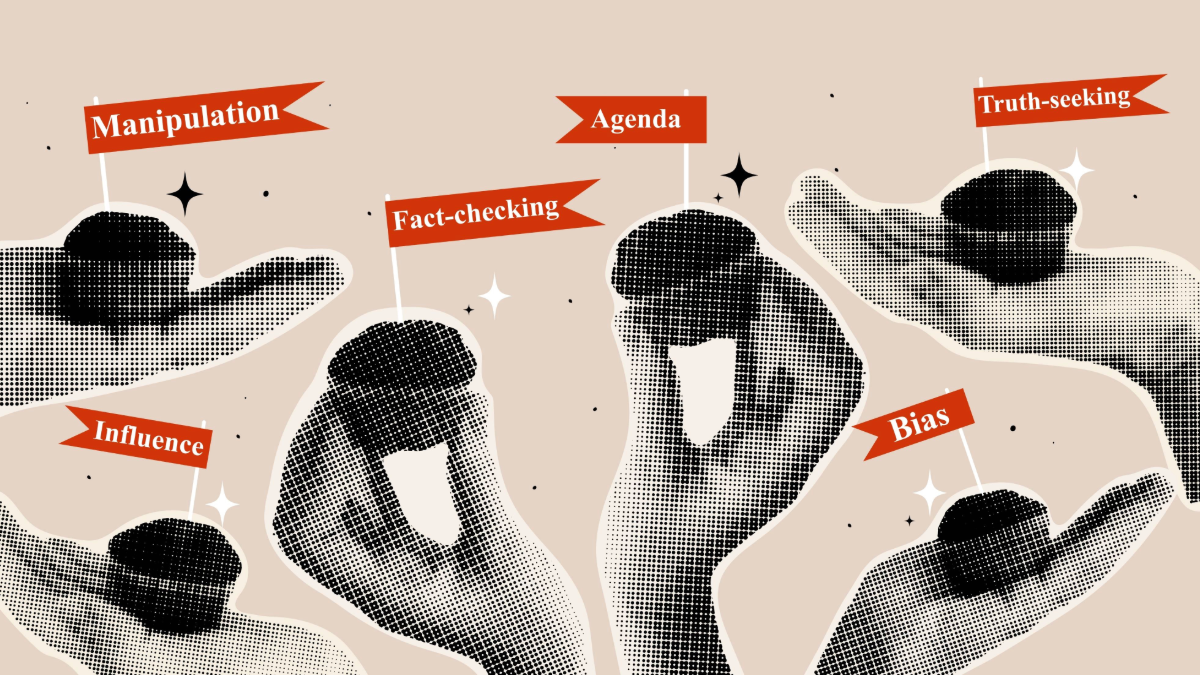We Can’t Wait For Media Literacy Education in the Age of AI
B Cavello, Michelle Ciulla Lipkin / Nov 7, 2024This year marks the tenth anniversary of US Media Literacy Week, which is aimed at elevating the importance of the power of media literacy and its essential role in education. Educators today face the challenge of guiding students through an increasingly complex media ecosystem. Meanwhile, we count on teachers to equip our young people with the skills they need to be critical thinkers and active participants in democracy.
Daily, teachers encounter students overwhelmed by media messages that impact their ability to recognize accurate information, affect their mental health, and shape their worldview. This year is especially tough. On top of the existing deluge of social media and election year cacophony, there is the added proliferation of AI-generated content. (And sometimes, as seen in the deepfake images shared by former President Donald Trump, a combination of all three!) It’s downright eerie how easy it is to produce convincing fakes, from images of the Pope sporting the latest fashions to the President’s voice on your phone telling you not to vote.
Fortunately, we have a powerful tool for equipping young people to face this formidable information landscape: media literacy education. Unfortunately, what we’ve seen in our experiences—one of us works in AI policy, and the other leads a national education nonprofit—is that there’s a dangerous misunderstanding of what media literacy really means in our AI-enabled world.
While risks from AI and “synthetic media”—which includes AI-generated or -altered text, images, audio, and video—are a serious concern, they aren’t the only challenge. Teens are facing a complex and multifaceted media environment. They need to be prepared for the wide range of media they will encounter, including marketing, advertising, entertainment, news, opinion, scholarly research, and more. They will encounter human-produced lies and facts presented in a misleading fashion in addition to AI-generated content that can mislead or deceive.
Media literacy is about deepening our understanding of media messages. Understanding what tools and technologies, including AI, were used to produce them is just one piece of that picture. It’s about teaching students how to think, not what to think. Prioritizing impactful media literacy education will equip our students with the skills and knowledge they need to understand the power, purpose, audience, and agenda of the messages they engage with.
Efforts to address risks posed by AI-generated content are growing, with initiatives like President Joe Biden’s Executive Order on AI calling for measures to 'watermark' content produced with these tools and companies like Meta implementing labels to identify synthetic media. Yet, these measures are only one part of the solution, and solely relying on technological fixes to detect AI-generated content is insufficient. Technologies designed to detect synthetic media are still prone to inaccuracies, and generative AI tools continue to improve, making it easier for false or misleading content to spread, and spread quickly. Moreover, students need to be aware that not all deceptive content is created by AI; 'cheapfakes,' or mislabeling of real images and videos, remain a common tactic for spreading disinformation.
Media literacy must be woven into the curriculum throughout every student’s academic journey. This requires streamlined revisions to policies at the district and state levels, along with expanded teacher resources, so that it’s easier for educators to fold media literacy moments into what they already teach. Additionally, prioritizing professional development for teachers is crucial so that they can more confidently teach these skills across their subject areas. Finally, there needs to be structural support via state mandates, with legislators being held accountable for funding and implementing these initiatives. Without proper funding and strategic execution, even well-intentioned policy efforts will fail to achieve widespread media literacy education.
We’re not alone in recognizing the need for media literacy education. The Department of Homeland Security has produced tools and resources stating that media literacy “is vital to the safety, security, health, and well-being of individuals and communities.” The U.S. Surgeon General; the National Academies of Sciences, Engineering, and Medicine; the National Council for the Social Studies; and the American Psychological Association have all called for media literacy education policy. This past July, the NAACP passed a resolution calling for “local, state, and national policymakers to prioritize media literacy education in K-12 schools.”
A strong media literacy education that’s designed for the realities of AI in the media will equip students with the ability to make informed decisions, develop healthy mindsets, make sense of the world, and bring learning to life. Media literacy education requires a community effort, with buy-in and action from policymakers, administrators, educators, parents, and students. But together, we can provide today's students with the critical skills needed to navigate our complex media landscape. In doing so, we will empower them to not only consume information responsibly but also actively shape the future of media in a thoughtful, ethical, and informed way.
Authors


